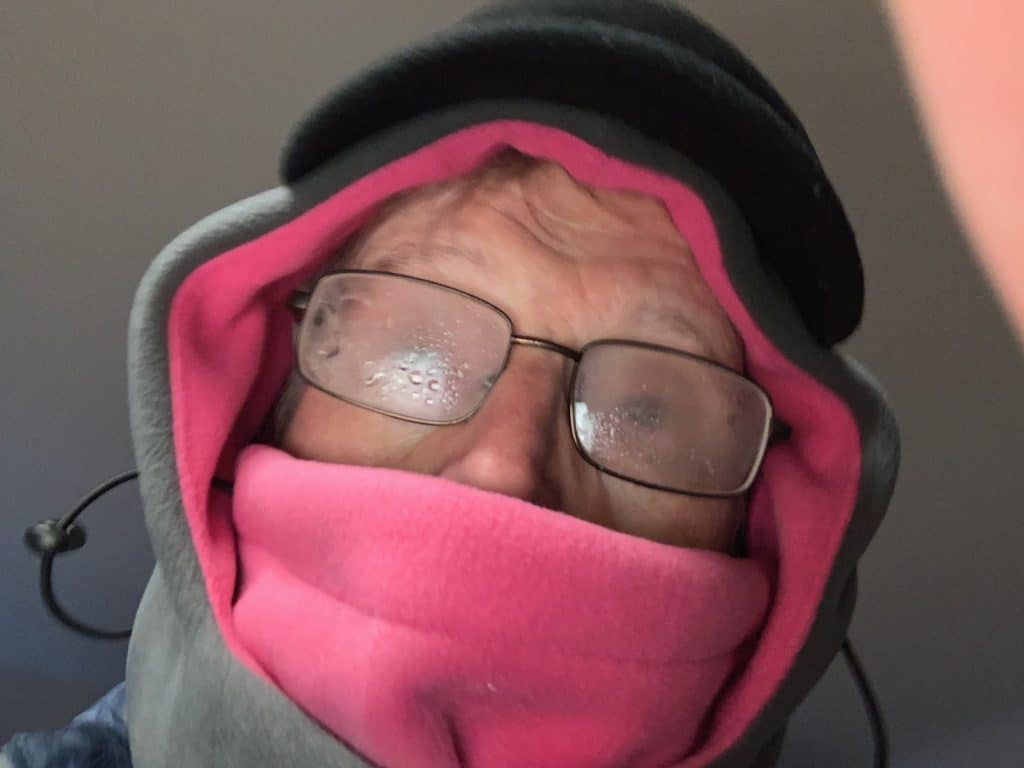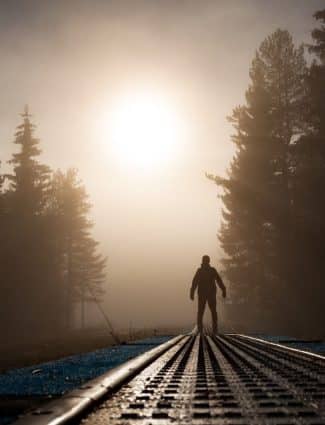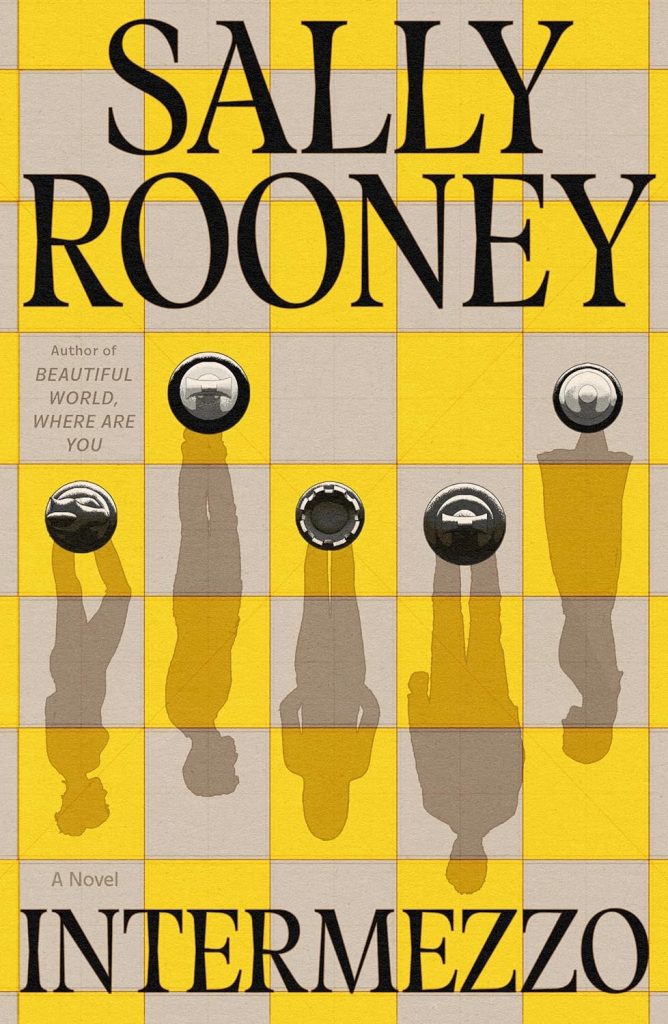
Frozen Steps on a Windy Day
Estimated reading time: 1 minute, 21 seconds
“You earned a double ribbon today,” my friend Cindy said as she slowed down to walk with her dog Henry next to me.
“Why, two ribbons,” I asked as the brutal winds chopped my words into tiny ice pellets.
“One for walking daily and the second for walking in frigid weather.”
I nodded and reminded myself I was walking for physical and mental health, not ribbons.
“The lake isn’t frozen.”
“Climate change,” she responded.
For almost a half mile, we talked about the precarious state of our planet and how we have done so little to solve it.
I felt as if I was in conversation with Jan and knew if she were here, the three of us would be on the same wavelength.
Henry needs to run. Will I see you tomorrow?”
I nodded affirmatively as she and Henry jogged ahead of me.
I will be perambulating on this path in the morning, despite wind chills threatening to break records dating back decades.
It is my unhoused neighbors that I worry about as a frozen gust of wind slams into my face.
The Jan Lilien Education Fund sponsors ongoing sustainability and environmental awareness programs. Gifts made this month; I will match dollar-for-dollar. All donations are tax-deductible.
I receive a commission when you buy a book or product using a link on this page. Thank you for supporting Sharing Jan’s Love blog.









